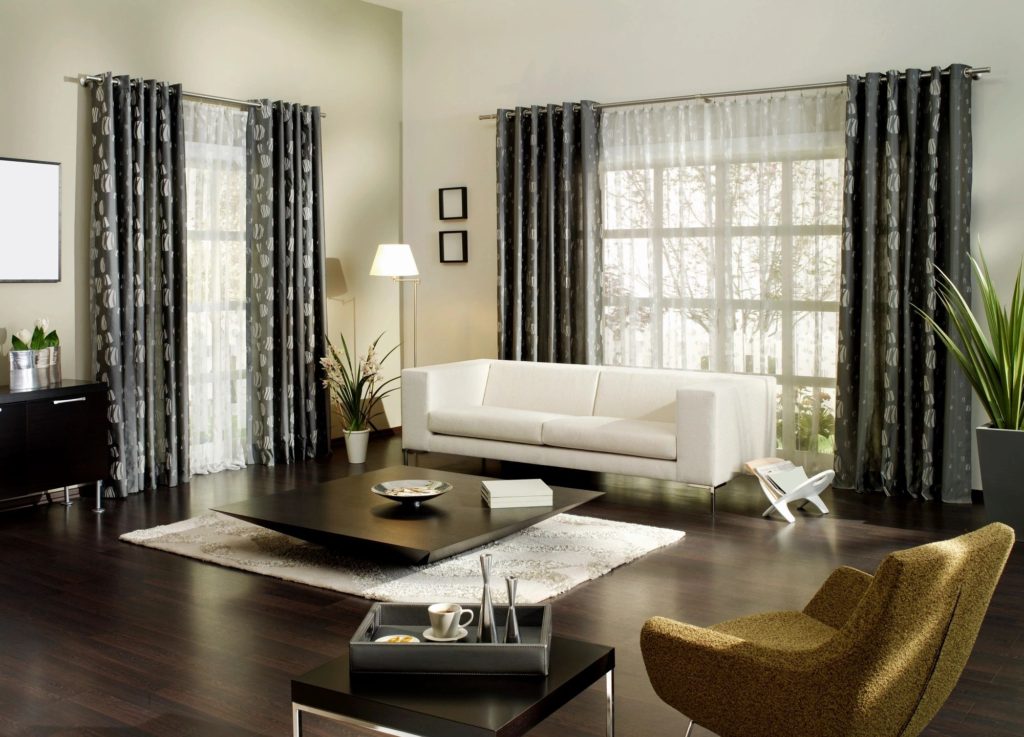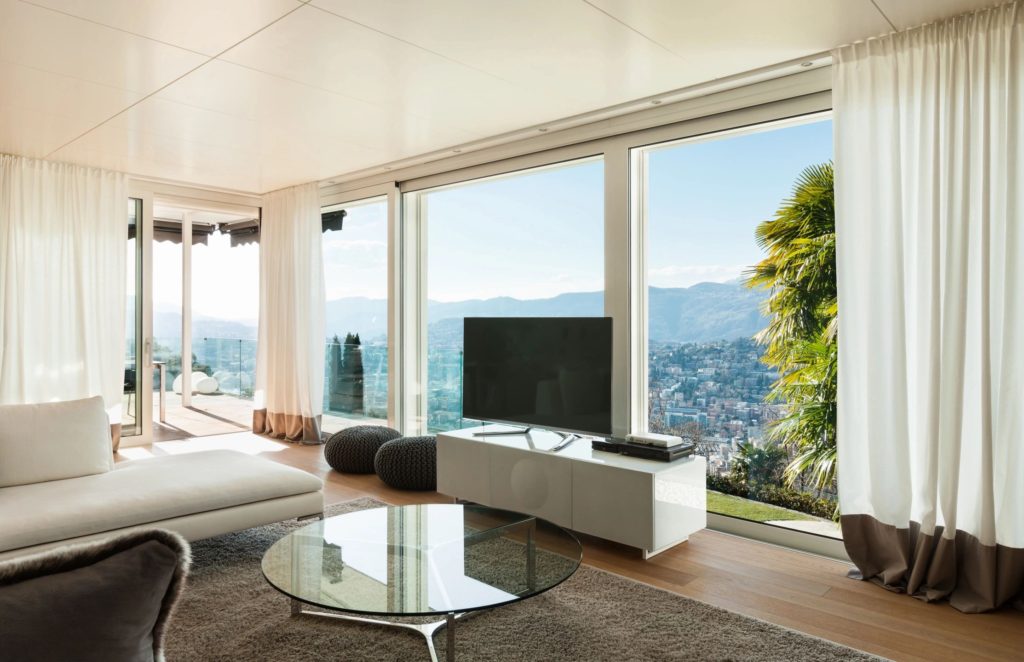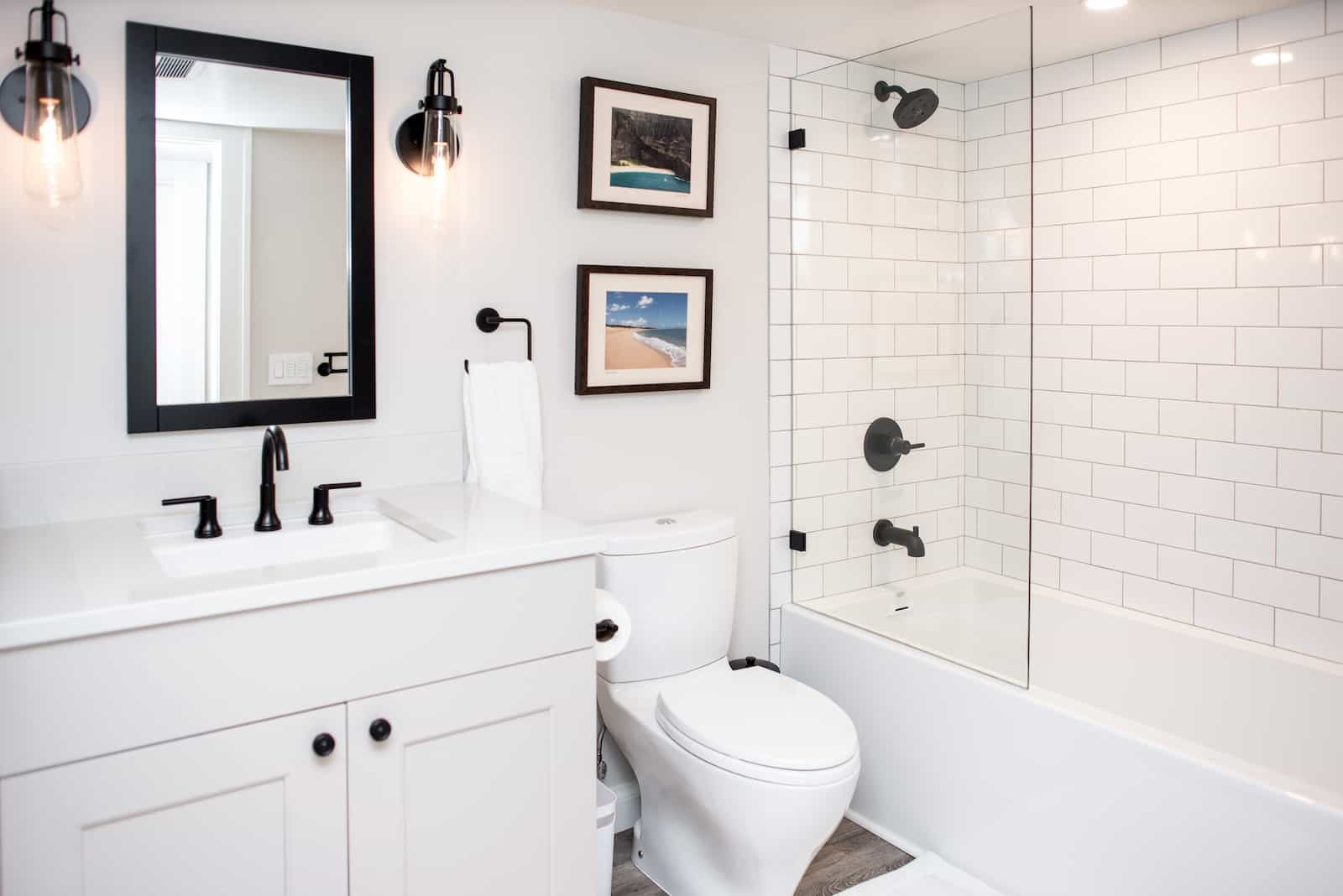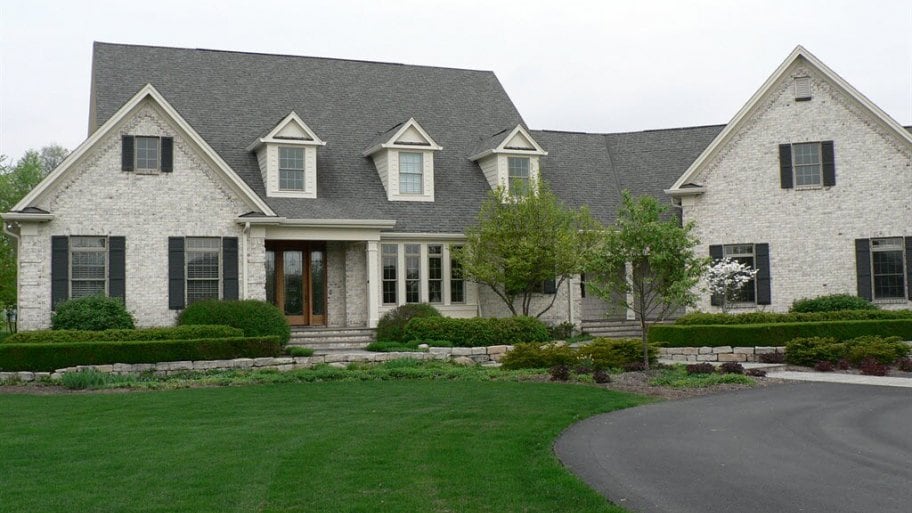
Are you putting your smaller home on the market to sell and want it to feel and look bigger inside so that it will appeal to more buyers? Or, did you just buy a house that was empty but now that you have moved your belongings in the home is tighter than you thought? There are plenty of ways to make each room look and feel bigger than it is. You don’t need to renovate or knock down walls to make a small room feel bigger—just incorporate these smart design moves to visually expand your space.
Declutter the room relentlessly. Really important and the first thing you can do to make any room look or feel larger. Get rid of things you don’t use or need. Unnecessary clutter can make a room feel small and cramped and make it harder to navigate around.
Use very light colors or very dark colors to give a room depth. Medium shades can make a room appear smaller, but when you use bright whites and deep dark paint colors, you create contrast, which creates depth and the illusion of a larger space. Lighter colors reflect light, making a room feel brighter and larger, while darker colors absorb light and make a room feel smaller and closed in.
Scale it down. Furniture in smaller rooms is all about proportions. To create a sense of roominess, always leave a little air in between the sides of your furniture and the walls. Avoid heavy, big pieces that take up a lot of usable area in the room. A sleek sofa or chair will give you as much sitting room as an overstuffed couch but will take up much less of your room.
Rearrange furniture. By simply rearranging the furniture in a room and creating a different layout, you might end up with more space, open the room up, and make it easier to navigate. If there’s a piece of furniture in your room that doesn’t get much use, consider removing it to free up some space.
Reflections. Mirrors can make any room look bigger. Consider having at least one huge mirror in the room. Mirrors reflect light, therefore, make the room brighter. The reflection creates an optical illusion of a continuous space which is perfect for a small room.
Let the light in. If you have large windows in your room, don’t cover them up with dark, heavy curtains or blinds. Open them up and let all that natural light in. Hang your curtains higher and wider to make the windows look larger. It really draws the eyes upwards, making the room appear larger and taller. Or you could even forego window treatments altogether for a really open, fresh look.
Find the perfect rug. An area rug that is too small for a room can make the room feel much smaller. The best idea is to find a rug large enough that you can place the front feet of the furniture on it, such as couches or chairs. A nicely sized area rug allows the eyes to go from end to end of the entire room, which makes the room feel much larger.
Lighting and artwork. Fun and interesting light fixtures will draw your attention upward, creating an illusion of height. Hang paintings or artwork to add a focal point. One large painting works better than a group of several small pieces of art.
The Bottom Line: There really is an ‘art’ to living in a small home without feeling cluttered and/or cramped. If you are selling your home, ask your Realtor for advice. Don’t take offense if they think you should get “rid” of things, simply place them in storage. When you are pressed for room, every little decorating tip can help.

 See Our National Coverage Map
See Our National Coverage Map





